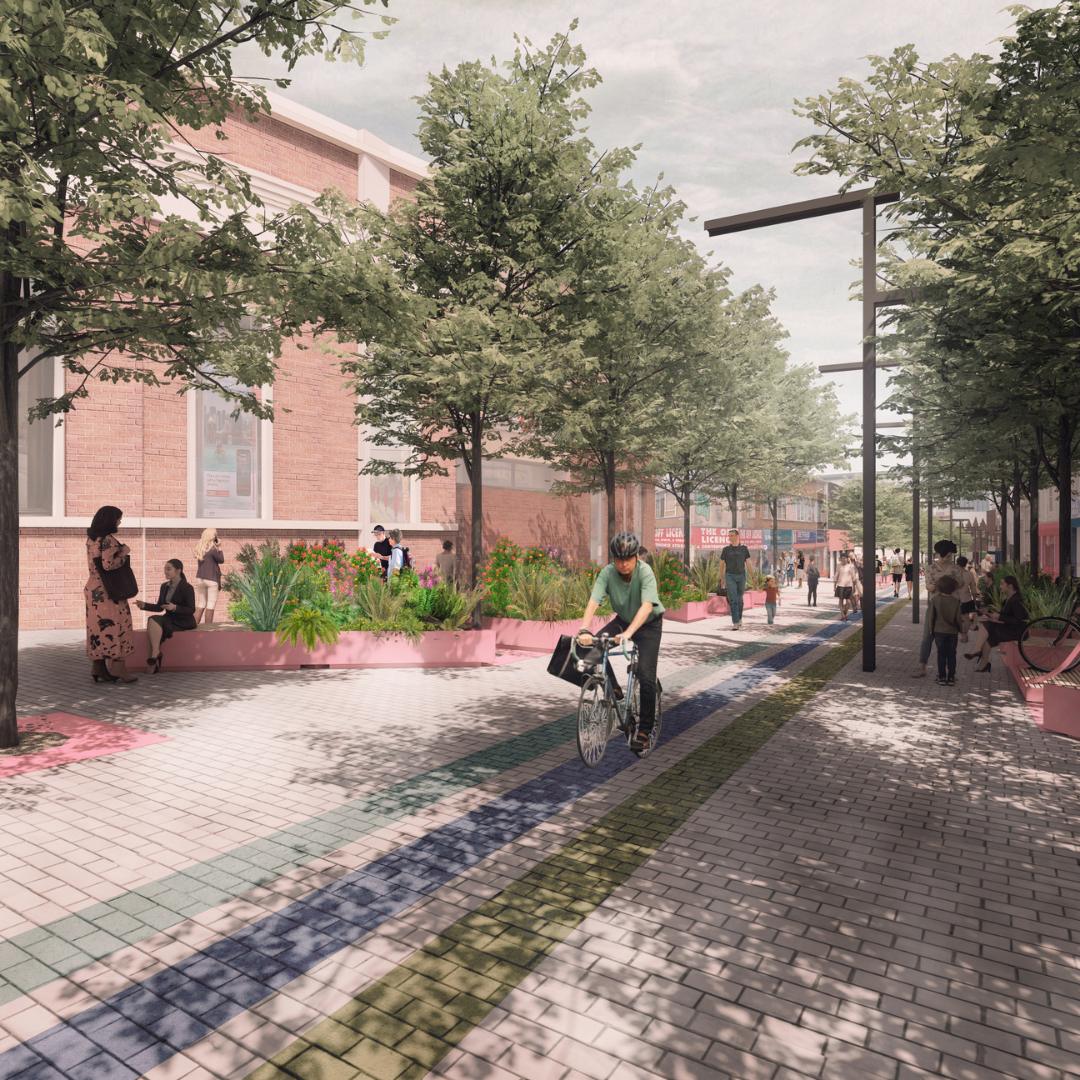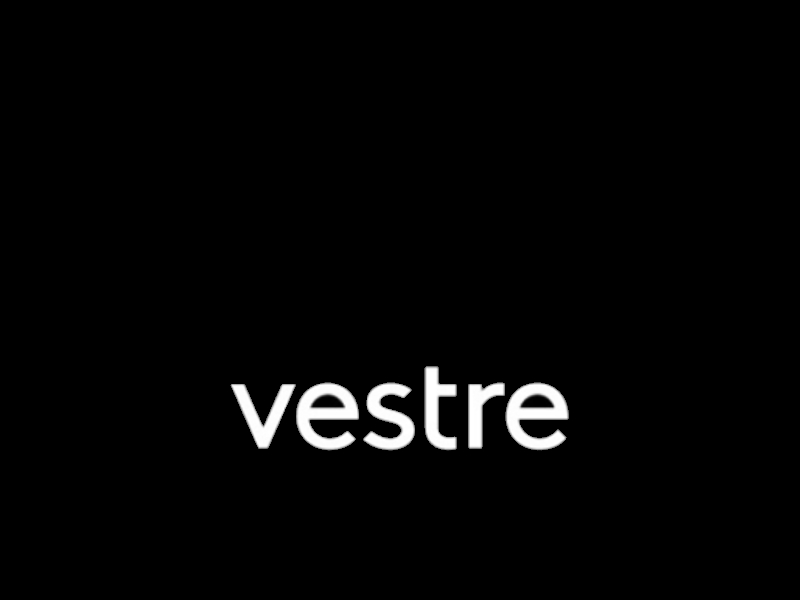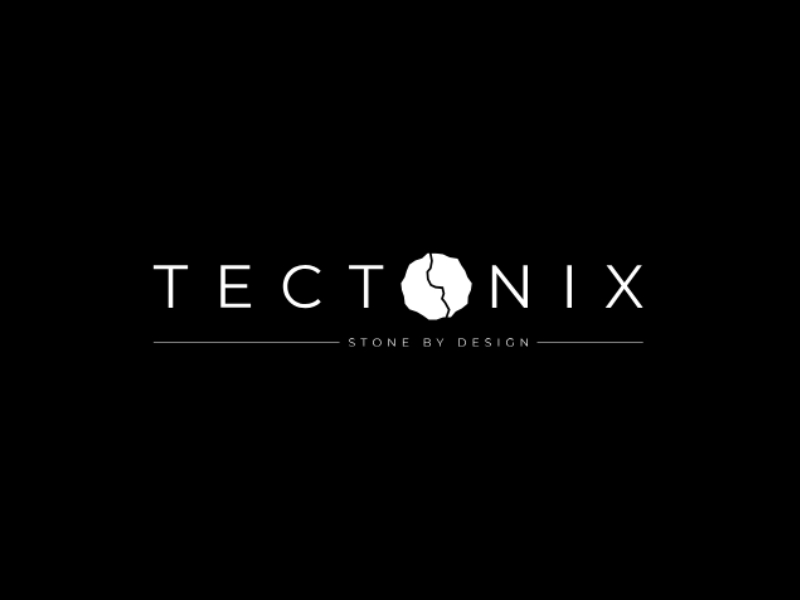Project showcase
East Street Placemaking and Public Realm Masterplan, Bristol – Bedminster Business Improvement District, Bristol City Council, Dandara, Deeley Freed, A2Dominion, Firmstone and City & Country with McGregor Coxall

East Street is one of Bristol’s most historically significant streets centred within Bedminster. With the planned development initiating an expected population increase, this new strategy proposes people-friendly streets , local art-led projects, the relocation of bus services, active transport connections, the restoration of listed buildings and urban greening.
Where is the project located?
East St, Bedminster, Bristol BS3 4EY, UK
Who is the developer/client of the project?
The project was made possible by collaboration and funding from Bedminster Business Improvement District [BBID], Bristol City Council, and local developers Dandara, Deeley Freed, A2Dominion, Firmstone, and City & Country.
Describe the context of this project, its neighbourhood and people?
East Street is one of Bristol’s most historically significant streets centred within Bedminster. The suburb’s history is older than Bristol’s, with East Street and West Street dating back to Roman times. Up until the seventeenth century, Bedminster was home to a prosperous community clustering around its parish church in a fertile, well-watered valley – but a dramatic change was just around the corner.
The advent of World War II saw Bedminster become a key target due to its close proximity to the harbour, creating irreversible damage to the district and its streets. With post-war planning efforts relocating most of Bedminster’s industries, East Street rebuilt itself through a varied mix of shops and a strong sense of community.
Today, like many High Streets around the UK, East Street has fallen into steep decline with shop vacancy rates increasing and a lack of investment in the area, a rundown, tired and dilapidated character has emerged impacting East Street’s positioning.
With the planned development of Bedminster Green initiating an expected population increase comprising of students, residents and businesses, it is more important than ever that East Street re-emerges as a community focal point.
In response to East Street’s challenges, the Bedminster Business Improvement District (BBID), Bristol City Council and a developer consortium commissioned a McGregor Coxall-led team to articulate East Street’s look, feel and function to recover its relevance as a destination for shopping, business, and socialising.
Please describe your approach to this future place and its mix of uses. How will it function as a vibrant place? How does it knit into, and serve the needs of, the wider area?
An engaging placemaking methodology laid the foundation for an inclusive design response, welcoming over 6,100 responses from community groups through the digital ‘East Street Vision’ website. The initiative also included 1-on-1 phone calls, online surveys, interactive mapping tools, webinars, and online workshops; responses combined to paint a holistic picture of East Street and its value to the community which use it.
As a result, six placemaking strategies holistically frame East Street’s future. Responding to such challenges, these strategies proposed people-friendly street initiatives, diversified business opportunities, local art-led projects, relocation of bus services, integration of active transport connections, restoration treatments to locally listed buildings, and urban greening initiatives.
Containing a linear alignment of varying street tree species, biodiverse planting palette, nature-based drainage solutions, and green gateway arrival points, East Street will actively reduce urban heat island effects, create urban habitats for wildlife, and establish a more attractive, comfortable street environment for visitors.
These initiatives, alongside land use diversification and public realm activation, unlock East Street’s latent economic potential to support pop-up shops, exhibitions, meeting spaces, incubators, outdoor street uses, and flexible day-night tenancies fit for a healthy day-night economy.
A key focal point is Bristol’s newest public space: East Street Square, a multifunctional public space defined by an avenue of trees, integrated modular benches and planters, featuring a flexible platform for markets and other cultural gatherings. The space complements an enhanced collection of green pocket parks that provide natural shade, cycle parking, children’s play, and safe dwell space for community use.
What is the environmental impact of the project? How will the carbon use and material impact of the development be mitigated? What is the sustainability strategy?
Currently, East Street is a hard, dominant space with limited tree canopy cover and neglected planters. Its linear focus reinforces its severance from the adjacent network of open spaces; its relationship with the River Malago is attributed to partial flooding experienced towards the street’s eastern edge.
Core to the scheme was the supplementation and extension of greenspace throughout the street, strategically aligning to Council’s climate change agenda, contributing to Bedminster Green’s sustainability goals, and enhancing regional climate resilience. A holistic blue-green infrastructure is adopted to achieve such goals;
To mitigate Urban Heat, East Street tree canopy coverage has increased from four existing trees to 60 – achieved by establishing street trees and on-street planting along the northern edge of East Street to provide shade, shelter and visual street definition.
Vehicle and bus travel is removed from the street to significantly improve Air Quality. This approach aligns with the wider Bedminster Green development where rail, bus, and active transport travel will be strengthened to minimise car use and ownership.
A proposed integrated Sustainable Urban Drainage strategy (SUDs) harvests street run-off to passively irrigate street trees while filtering out pollutants before they reach the River Malago. This Water Management strategy enhances the river corridor’s health, mitigates urban flooding and enhances local ecological vitality.
Biodiversity Net Gain is achieved through a mix of evergreen and perennials that offer seasonal interest, robust planting, and vibrant colours. A diverse planting palette was selected for East Street so to improve the street’s resilience and biodiversity.
Describe the social impact of the project: How will this future place contribute to the economic, environmental and social wellbeing of its citizens?
East Street scored 91 with 0 zero scores in a ‘Healthy Street Check’ following chosen design interventions (previously 55 with 2 zero scores).
Pedestrian Priority
Survey data indicated a significant majority walk (70%) when primary purpose is shopping, followed by car (17%), then cycling (6%) and bus (6%). East Street is now pedestrianised – removing 326 bollards and obstructive elements, relocating bus services to Dalby Avenue, rationalising service vehicle access via Dean Street and interpreting contraflow cycle routes into street design. Lighting, modular streetscapes, and transport connections interventions heighten public safety – a key factor indicated by 60% of survey participants who said they don’t feel safe.
Flexibility and Animation
1/10 surveyed people said it is a pleasant place to sit and offered significant support for improved seating. East Street’s public realm includes an identifiable range of adaptable modules that allow for endless arrangements, uses, and locations. Modular landscapes adapt to changing uses – rationalising street element locations to designated corridors whilst injecting edge activation and supporting a day-night economy.
Greening, Resting and Things to do
East Street will possess sixty newly planted street trees (spaced at 10 metres apart), a biodiverse rich palette of plants and green gateway arrival points. Five biophilic pocket parks contain topographical play trails, planters, benches, retained trees and cycle parking – adjacent to spill-out spaces for local businesses, ensuring the maximum Healthy Street Score available for the HS Indicators of Shade and Shelter, Places to Stop and Rest, and Things to See and Do.
Festival of Pineapples
24-26 February 2026
Pineapples prize giving night
April
Pineapples at Festival of Place
10 June 2026
© The Pineapples - Tweak Ltd. 124 City Road, London, EC1V 2NX. Tel: 020 3326 7238



